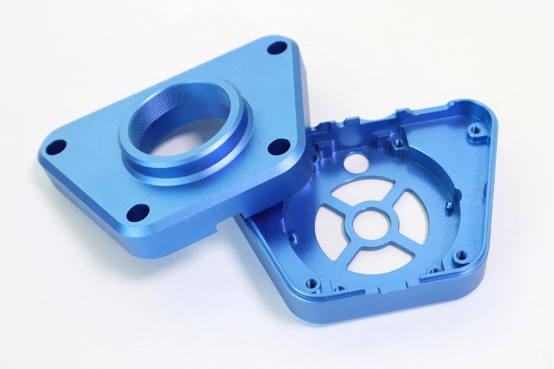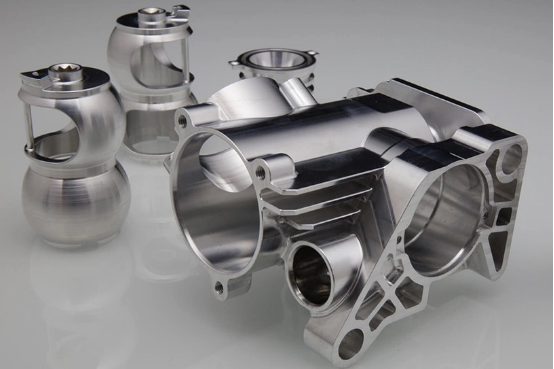For parts where precision is the core requirement, how to control dimensional stability is always a concern for metal manufacturers. Compared to other commonly used metals, the thermal expansion coefficient of custom aluminum CNC parts is much higher. Therefore, significant deformation issues are encountered in various machining operations such as thin-wall machining and forging. Besides, internal stress from the material blank and cutting forces can cause deformation, and so can heat dissipation issues during cutting operations and clamping forces during processing. Hence, controlling these deformations and optimizing the dimensional stability of custom aluminum CNC parts is crucial.
Eliminate Internal Stress in the Material
Custom aluminum CNC parts commonly eliminate internal stress using natural or artificial aging and vibration treatment. Natural aging involves placing the workpiece under natural conditions like outdoors so that internal stress is released naturally, thereby eliminating or reducing residual stress. Artificial aging is a human-controlled method, generally involving heating or cooling treatments to eliminate or reduce microscopic stress within quenched workpieces and residual stress from machining, preventing deformation and cracking.
Improve Clamping Methods of the Workpiece
If using a three-jaw self-centering chuck or spring chuck to hold thin-wall CNC machined bushings radially, the workpiece will undoubtedly deform once released after machining. Therefore, an axial end-face clamping method with good rigidity should be used. Depending on the position of the inner hole of the part, a threaded mandrel can be made to locate the inner hole. It should be inserted into the inner hole, with the end face pressed against the cover plate and the nut tightened backward. This prevents deformation and loosening during external machining, achieving machining accuracy.
Enhance Cutting Performance of Tools
The correct selection of tool parameters directly impacts the quality of cutting force and heat dissipation. The material, geometrical parameters, and structure of the tool are crucial for cutting performance. Correct tool selection is vital for improving machining dimensional stability.
Tools for machining custom aluminum CNC parts should be properly ground. This will provide a larger rake angle and side rake angle. Tools for finishing should use larger front angles. Additionally, larger front angles are beneficial for machining softer aluminum alloys because a larger front angle means a sharper cutting edge. Smaller front angles are favorable for rough machining, deep machining, and high feed rates.
Improve Tool Structure
Reducing the number of milling cutter teeth is crucial for aluminum machining. This is because custom aluminum CNC parts are very malleable, leading to significant deformation during processing. Aluminum chips are sticky and can affect the production of fine parts with required tolerances. Increasing the spacing between cutting edges allows for the evacuation of larger chips.
Use Appropriate Operating Methods
Select the correct feed rate, spindle speed, and cutting depth; adopt symmetrical processing for the front and back of custom aluminum CNC parts to avoid localized processing that doesn't favor heat dissipation;
For custom aluminum CNC parts, adopt a layered multi-step machining method for all cavities to ensure even force on the part, reducing deformation;
For deep cavity machining, use the drill before mill method to avoid packing chips, causing excessive heat, tool breakage, and blade chipping.
HSJ continues to innovate in the field of aluminum processing. Whether you need machined aluminum prototypes or custom aluminum CNC parts for automotive, aerospace, or medical devices, we can assist you. With our expertise in aluminum processing and our ability to integrate external combined processes, we can ensure the best performance for your aluminum processing projects.

